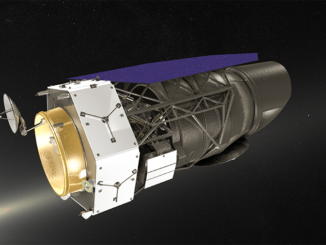
Astrophysics

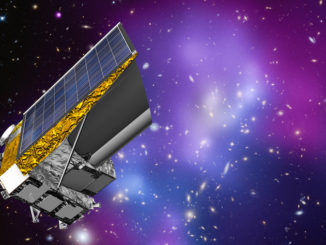
Detector trouble expected to delay ESA’s Euclid dark energy mission
Technical problems discovered during ground testing of U.S.-built detectors for the European Space Agency’s Euclid astronomy mission will delay the completion of the telescope’s scientific payload, jeopardising the observatory’s 2020 launch target, the head of NASA’s astrophysics division said last week.
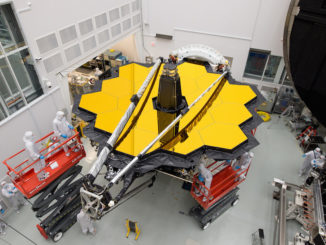
JWST launch slips to early 2019
Extra testing of the James Webb Space Telescope and delays in assembling the powerful observatory will push back the $10 billion mission’s launch by at least six months to early 2019, officials announced last week as the telescope successfully completed an extensive performance test inside a cryogenic vacuum chamber in Houston.
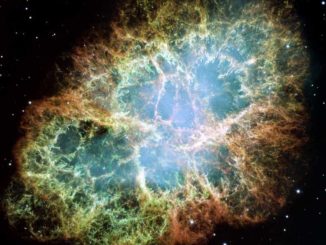
Station-bound instrument to open new chapter in the story of cosmic rays
Physicists are gearing up to send a re-engineered science instrument originally designed for lofty balloon flights high in Earth’s atmosphere to the International Space Station next week to broaden their knowledge of cosmic rays, subatomic particles traveling on intergalactic routes that could hold the key to unlocking mysteries about supernovas, black holes, pulsars and dark matter.

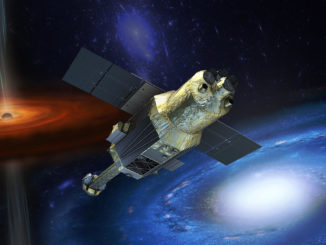

Experiment devoted to neutron star research installed on space station
A NASA instrument built to help astronomers learn about the structure and behaviour of neutron stars, super-dense stellar skeletons left behind by massive explosions, has been mounted to an observation post outside the International Space Station after delivery aboard a SpaceX supply ship earlier this month.
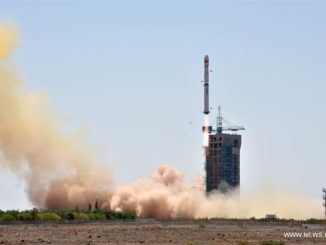
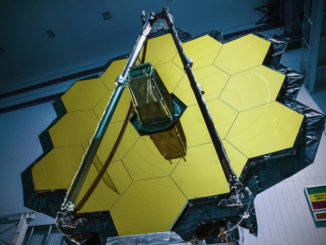
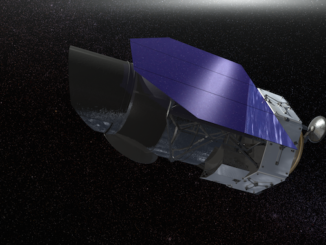
With an eye on growing cost, NASA aims for 2025 launch of next ‘great observatory’
NASA managers say the WFIRST mission, the next in the agency’s line of powerful observatories after the Hubble and James Webb telescopes, could cost around $3.2 billion after budgeting for a novel first-of-its-kind instrument to probe the make-up of planets around nearby stars and a bigger-than-expected launch vehicle.
